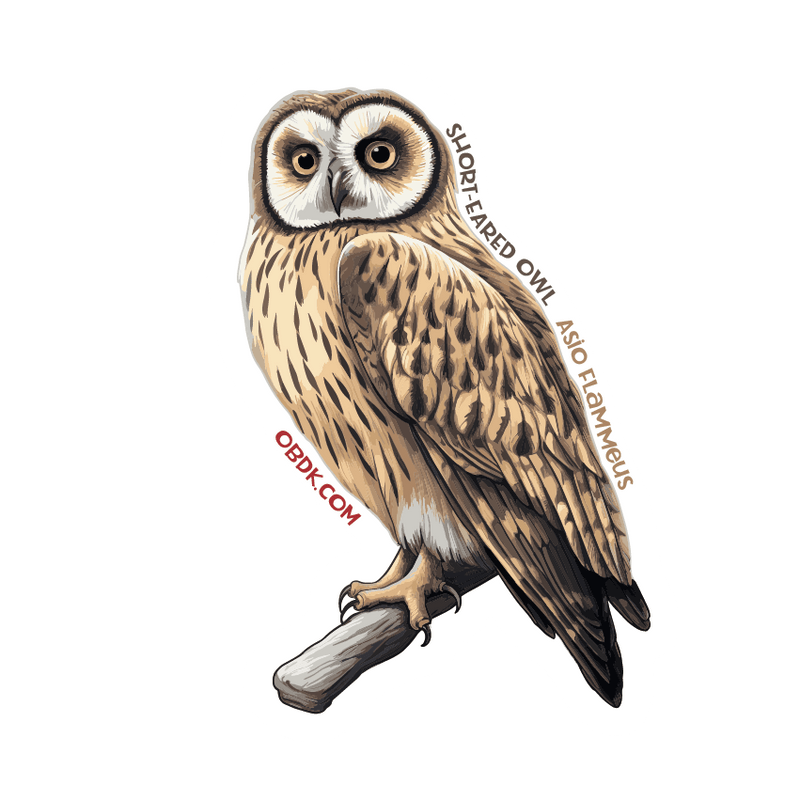No Products in the Cart
At OBDK, we offer a collection of posters designed to teach students about wildlife in a clear, visual, and engaging way. Each piece combines high-quality illustrations with key information, making it an ideal tool to support teachers, spark curiosity, and enrich the learning experience.













